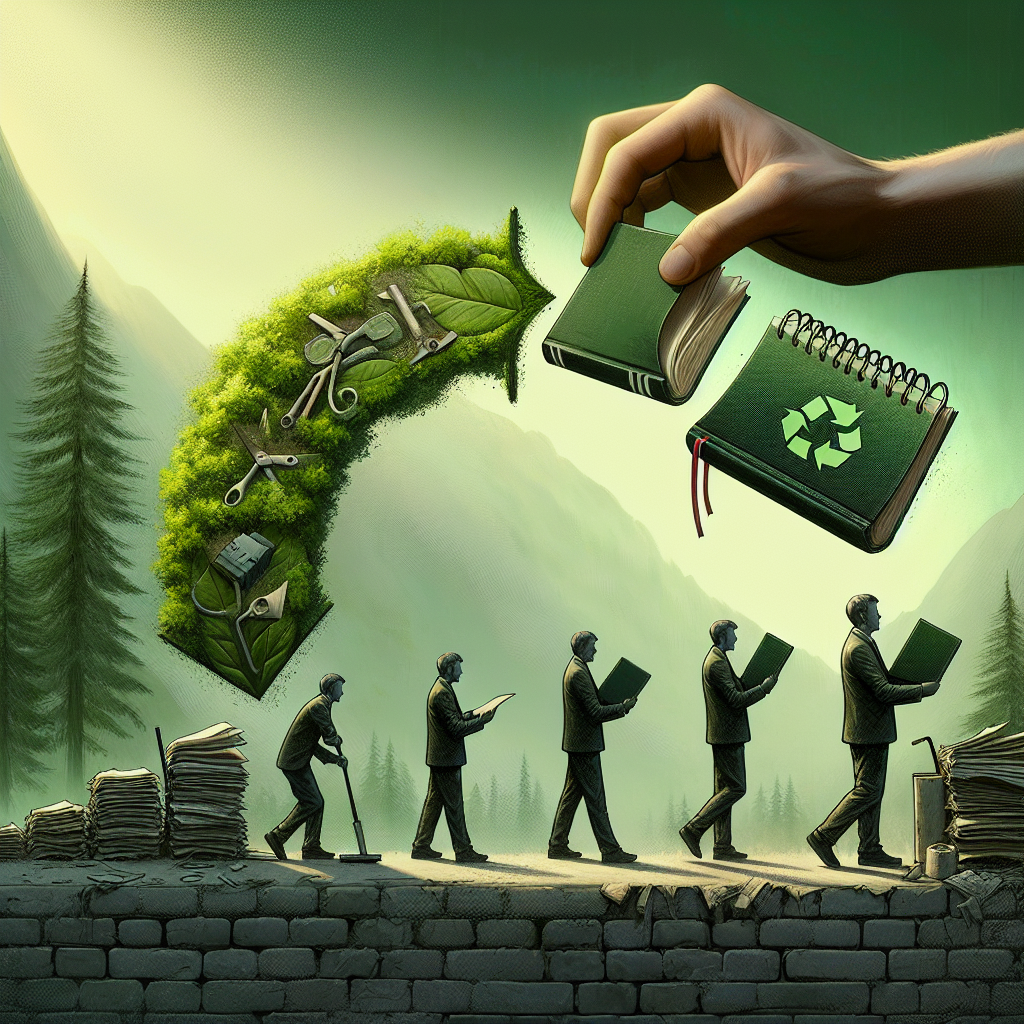Blog Ecobraz Eigre

The life cycle of a discarded notebook: from collection to reintroduction into the economy
Introduction to the life cycle of discarded notebooks
The life cycle of a discarded notebook involves critical stages that ensure environmentally appropriate disposal and the reintroduction of components into the circular economy. This process is fundamental to the responsible management of electronic waste, in line with current regulations.
Selective collection of obsolete notebooks
Selective collection is the initial step in the proper handling of discarded notebooks. According to the National Solid Waste Management Information System (SINIR) (sinir.gov.br), it is essential to use specific collection points for electronics, ensuring that the waste is segregated in a way that allows it to be treated correctly. To schedule e-waste collection, we recommend accessing reliable platforms such as e-waste collection.
Safe disposal and sanitization of data
After collection, it is essential to sanitize stored data, especially on hard disks (HDs) and other storage media. Poor security can lead to leaks of sensitive information. In accordance with current legislation and good practices recommended by the National Institute of Information Technology (ITI), the destruction or secure wiping of devices must be carried out accordingly. To schedule the sanitization of hard drives and media, use the specialized service available at hard drive sanitization.
Sorting and technical disassembly
Next, notebooks are sorted for the reuse of functional components and technical disassembly. This stage separates parts such as motherboards, memories, batteries and screens, which can be reused or sent for proper recycling. Prior separation facilitates the treatment of materials, preventing environmental contamination.
Recycling and reuse of materials
Materials from notebooks, such as ferrous metals, plastics and electronic components, undergo mechanized and chemical recycling processes. According to the National Solid Waste Policy (Law No. 12.305/2010) (planalto.gov.br), it is mandatory to dispose of waste correctly, promoting the recovery of materials for circulation in the economy. This action contributes to reducing the extraction of natural resources and reduces environmental impacts.
Reintroduction into the circular economy
The transformation of waste notebooks into new inputs or equipment reinforces the commitment to the circular economy. The methodology adopted follows the criteria of the Ministry of the Environment and the National Solid Waste Management Information System (SINIR). Valuing recovered materials fosters innovation and sustainability in the technology sector, with clear environmental and socio-economic gains.
Applicable legislation and guidelines
Compliance with environmental and safety standards is mandatory for all stages of the discarded notebook's life cycle. Of particular note are Conama Resolution No. 401/2008, which deals with the correct disposal of electrical and electronic waste, and the obligations laid down in the National Solid Waste Policy (Law No. 12.305/2010) (planalto.gov.br). Compliance ensures environmental protection and legal protection for the managers involved.
Conclusion
The life cycle of a discarded notebook is a technically structured process involving collection, data sanitization, sorting, disassembly, recycling and reintroduction of materials into the production chain. Adherence to legal parameters and the use of specialized services are key to promoting sustainability, safety and the circular economy.

Deixe um comentário
O seu endereço de e-mail não será publicado. Campos obrigatórios são marcados com *